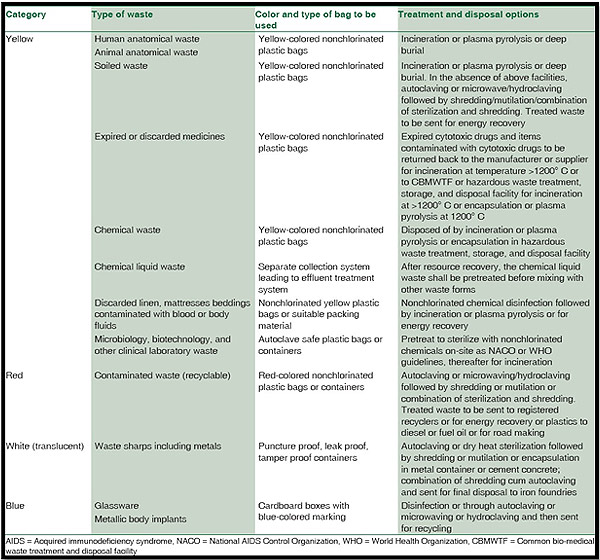How Reclaim Waste can Save You Time, Stress, and Money.
How Reclaim Waste can Save You Time, Stress, and Money.
Blog Article
The smart Trick of Reclaim Waste That Nobody is Discussing
Table of ContentsSome Ideas on Reclaim Waste You Need To KnowReclaim Waste Things To Know Before You Get ThisGetting My Reclaim Waste To WorkHow Reclaim Waste can Save You Time, Stress, and Money.The 7-Minute Rule for Reclaim Waste
Explore the kinds, incidents, and forms of fluid waste. Domestic sewage waste describes the waste and items from a residential septic system. This kind of waste is produced by people in homes, schools, and other buildings. This only includes septic storage tanks that have a drain area. The correct management and disposal of domestic sewage waste require fluid waste to be transferred to a sewer therapy plant where the proper techniques and tools are related to purify and deal with waste.
Commercial waste often consists of possible threats, such as combustible materials or a mix of liquid and strong waste products, and requires an extra innovative and comprehensive disposal procedure. The disposal of commercial waste normally entails the filtering of waste before transportation to make sure risk-free and correct disposal. Hazardous waste is developed from results and drainage of industrial procedures and manufacturing.
This kind of waste can not make use of the very same sewage management transportation or procedures as septic or business fluids. The hazardous waste monitoring procedure needs the inspection and testing of liquid waste before it undergoes the disposal process (liquid waste disposal). Runoff waste is the liquid waste that comes from overflow and excess stormwater in very populated locations or cities
Overflow waste can create contamination and flooding if not handled appropriately. Making sure proper waste management can avoid calamities and lower environmental harm.
The Best Strategy To Use For Reclaim Waste
Call PROS Services today to learn more about our waste administration and disposal solutions and the proper methods to care for the liquid waste you generate.
(https://reclaimwaste1.start.page)This supposed 'wastewater' is not only an essential resource yet, after treatment, will certainly be released to our land, waterways or the sea. Utilized water from toilets, showers, baths, kitchen area sinks, washings and industrial procedures is known as wastewater.

water made use of to cool equipment or tidy plant and devices). Stormwater, a kind of wastewater, is runoff that streams from farming and metropolitan locations such as roof coverings, parks, gardens, roads, courses and rain gutters into stormwater drains, after rainfall. Stormwater moves unattended directly to local creeks or rivers, at some point reaching the ocean.
The Reclaim Waste PDFs
In Queensland, most wastewater is treated at sewage therapy plants. Wastewater is delivered from residential or commercial websites through a system of sewers and pump stations, referred to as sewage reticulation, to a sewer therapy plant. Regional federal governments construct, maintain and run most sewage treatment plants. Operators are you could try these out accredited under the Environmental Defense Act 1994 to discharge treated wastewater at an acceptable ecological criterion right into waterways.
The Department of Natural Resources advises city governments concerning managing, operating and preserving sewage systems and treatment plants. In unsewered areas, local governments may call for householders to install private or home sewage treatment systems to deal with residential wastewater from toilets, kitchens, bathrooms and washings. The Department of Natural Resources authorises using house systems when they are confirmed to be effective.
The majority of stormwater receives no therapy. In some brand-new communities, therapy of some stormwater to remove litter, sand and crushed rock has started making use of gross toxin traps. Wastewater therapy occurs in four phases: Eliminates strong issue. Larger solids, such as plastics and various other objects wrongly released to sewers, are gotten rid of when wastewater is travelled through screens.
Uses little living organisms knows as micro-organisms to damage down and eliminate remaining liquified wastes and great particles. Micro-organisms and wastes are included in the sludge.
Getting The Reclaim Waste To Work
Nutrient removal is not offered at all sewage therapy plants due to the fact that it requires costly specialist tools. Clear fluid effluent produced after treatment may still include disease-causing micro-organisms - liquid waste removal.

A lot of wastewater moves into the sewerage system. Under the Act, neighborhood governments administer authorizations and licences for eco pertinent tasks (ERAs) including wastewater releases that could have a local influence.
The 8-Minute Rule for Reclaim Waste
Tracking offers accurate info concerning water top quality and can validate that permit problems are being fulfilled. The details obtained via monitoring offers the basis for making water high quality choices.
Report this page